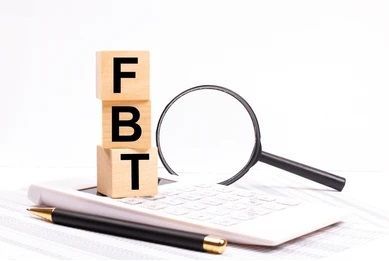Demystifying GST Codes: A Guide for Small Business Owners
For those businesses registered for Goods and Services Tax, managing the GST can be difficult. Picking the right GST codes is one of the most challenging parts of doing the books. These codes are essential for correctly tracking and reporting GST on transactions, ensuring compliance with tax regulations, and avoiding potential fines.
What Are GST Codes?
GST codes are used in accounting software’s to classify transactions based on their GST treatment. Each GST code indicates whether a transaction includes GST, or whether it is GST-exempt. By assigning these codes to each transaction, you accurately calculate the total GST collected and paid, making it easier to complete Business Activity Statements (BAS) and comply with tax obligations.
Accounting Software
What a GST code actually looks like depends on your accounting software. Each software tends to use its own codes. Here are two examples.
| Xero | MYOB |
| GST on Income | GST (Subject to GST) |
| GST on Expense | |
| GST Free Income | FRE (GST Free) |
| GST Free Expense | |
| GST on Capital | CAP (Capital) |
| Input Taxed | INP (Input-Taxed) |
| BAS Excluded | NTR (Not Reported) |
| GNR (GST Not Registered) |
Common GST Codes Explained
Understanding the key GST codes is the first step to effective GST management. Here are some of the most commonly used GST codes in business accounting:
- GST (Goods and Services Tax) – 10%
This code applies to most goods and services in Australia. General tax of 10% on any purchases from a supplier registered for GST or the sale of goods and services. - GST-Free – 0%
Certain items, such as fresh food, healthcare, and educational services are GST-free. When making sales or purchases in these categories, use the GST-Free code to indicate no GST has been charged. While these items are GST-exempt, they still need to be reported on BAS. - GST on Capital
This code applies to amounts paid or sale proceeds for capital assets, such as plant and equipment, motor vehicles, land and buildings. This code is not required for Simplified BAS forms.
- Input Taxed
Input taxed items are goods or services that cannot include GST, and any GST expenses related to these items cannot be claimed. Input tax entities include residential rental properties and provision of financial services. Use the Input Taxed code for sales and purchases that fall into this category. - GST Not Registered:
Used to record purchases from suppliers who have an ABN but are not registered to collect GST.
- GST Not Applicable (BAS Excluded or Not Reported)
For transactions that do not involve GST, such as salaries, wages, and loan repayments, the GST Not Applicable code should be used. This code helps ensure that transactions not subject to GST do not inadvertently impact GST calculations on the BAS.
Why Are GST Codes Important?
Correctly applying GST codes is crucial for several reasons:
- Accurate BAS Reporting: GST codes allow for accurate calculations of GST collected and paid. This simplifies BAS reporting and ensures that your business is neither underpaying nor overpaying its GST obligations. Examples of common incorrect codes used for reconciliation of income and expense transactions include Fuel Tax Credit, business insurance claim proceeds and receipt of paid parental leave for employees.
- Efficient Record Keeping: When GST codes are applied consistently, tracking the tax implications of each transaction becomes straightforward.
The post Demystifying GST Codes: A Guide for Small Business Owners appeared first on Green Taylor Partners.
More GTP Articles






